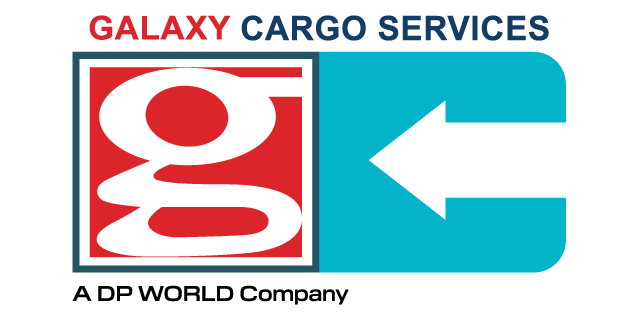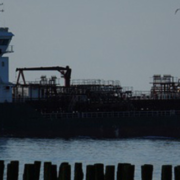Disruption and high freight rates created by competition authorities says ITF
Competition authorities around the world have facilitated the disruption in global supply chains by effectively creating “a supportive legal framework for alliances and consortia” to manage global rates.
A report from the International Transport Forum (ITF) a think tank that is politically autonomous, but administratively integrated into the OECD, effectively concludes that global regulation has failed shippers and forwarders by engineering a situation in which shipping lines can legally ‘manufacture’ capacity shortages.
The ITF report calls for competition authorities around the world, including the Federal Maritime Commission in the US and the European Commission’s Competition Directorate, to “limit the possibilities of joint capacity management in order to introduce more real competition between carriers”.
One of the consequences of the disruption caused by the global pandemic has been to highlight the interconnectivity between regional supply chains, and that has seen regional disorder in one market quickly spread to others.
“The global character of container shipping means that local supply chain problems – in particular poor performance of the transport chain in the United States – spill over to other places and have become global problems,” according to the ITF report – Performance of Maritime Logistics, released today.
Writing in advance of the Russian attack on Ukraine, which altered the economic landscape again, the ITF’s Olaf Merk and consultancy MDS Transmodal’s Antonella Teodoro argue that European shippers were right to question why ocean freight rates from Asia to Europe had risen exponentially with space “increasingly difficult to book”, given that the European demand for container shipping was flat and port congestion in Europe insignificant.
“One principal reason could be capacity management of a globalised container shipping industry that shifted ship capacity to transpacific trade lanes in order to accommodate the increased demand for consumer goods in the United States. In this way, European shippers are paying the price for a US-driven demand boom for consumer goods, US port congestion and the ability of the global container shipping industry to shift capacity to where profits are highest,” said the report.
According to the ITF, the current regulatory situation in the maritime container sector has led to massive hikes in rates and translated into higher consumer prices too. But the major impact of the higher rates has been on small and medium businesses who often ship goods on spot rates and have little or no leverage in rate negotiations with carriers.
At times regulators have sought to curb the worst excesses of the market and that has led to some relief for shippers and forwarders.
“Some of these regulatory interventions seem to have been effective in a sense. In the wake of the discussion with Chinese regulators, several carriers cancelled their announced general rate increases and shifted capacity to the transpacific trade route.
“However, the shift of resources from the Asia-Europe routes to the transpacific trade route was itself not without consequences. It resulted in reduced capacity on the Asia-Europe trade route and rapid increases in freight rates on that route (AJOT, 2021). This underlines the interdependence of liner trades and the domino effect that regulators’ interventions have on different jurisdictions,” argues the ITF report.
Moreover, the chaotic scheduling caused by the disruption to supply chains has undermined ‘just-in-time’ business and logistics models.
Larger companies who have the available resources have been able to meet some of these challenges by chartering vessels, wrote Ms Teodoro and Mr Merk. Increased costs for ocean cargo and the unreliability of the service have also seen a modal shift, with some cargo owners turning to airfreight to meet their transportation needs.
Historically liner shipping operators were allowed to fix rates in order to establish price stability in the market, but the trade-off was less competition. Shippers, however, called for more competition in the liner industry, and regulators shifted the focus of competition regulation from price-fixing to capacity management with a view to improving efficiency.
“This had two consequences,” said the report. “First, competition increased, mostly in the form of price competition that was destructive for considerable periods during the 2000s and 2010s.”
Cost-saving then became the priority of the carriers and that translated to economies of scale, larger ships, and a grab for market share through industry consolidation.
Subsequently, said the report, capacity coordination was managed through the creation of global alliances and a network of consortia “to an extent – and of a character – not anticipated by the policy makers in the 2000s”.
In conclusion, the ITF argues: “The logical outcome of this process is a select group of highly interconnected liner companies that are able to sustain high freight rates via coordination, withdrawing and repositioning their ship capacities at will. Shifting the policy from allowing price coordination to allowing capacity coordination seems to have deteriorated rather than increased competition in liner shipping.”




